 Creepy
Creepy  Creepy
Creepy  Technology
Technology 10 Scientific Breakthroughs of 2025 That’ll Change Everything
 Our World
Our World 10 Ways Icelandic Culture Makes Other Countries Look Boring
 Misconceptions
Misconceptions 10 Common Misconceptions About the Victorian Era
 Mysteries
Mysteries 10 Strange Unexplained Mysteries of 2025
 Miscellaneous
Miscellaneous 10 of History’s Most Bell-Ringing Finishing Moves
 History
History 10 Great Escapes That Ended Right Back in Captivity
 Weird Stuff
Weird Stuff 10 Fascinating Things You Might Not Know About Spiders
 Food
Food 10 Everyday Foods You Didn’t Know Were Invented by the U.S. Military
 History
History 10 Odd Things Colonial Americans Kept at Home
 Creepy
Creepy 10 More Representations of Death from Myth, Legend, and Folktale
 Technology
Technology 10 Scientific Breakthroughs of 2025 That’ll Change Everything
 Our World
Our World 10 Ways Icelandic Culture Makes Other Countries Look Boring
Who's Behind Listverse?

Jamie Frater
Head Editor
Jamie founded Listverse due to an insatiable desire to share fascinating, obscure, and bizarre facts. He has been a guest speaker on numerous national radio and television stations and is a five time published author.
More About Us Misconceptions
Misconceptions 10 Common Misconceptions About the Victorian Era
 Mysteries
Mysteries 10 Strange Unexplained Mysteries of 2025
 Miscellaneous
Miscellaneous 10 of History’s Most Bell-Ringing Finishing Moves
 History
History 10 Great Escapes That Ended Right Back in Captivity
 Weird Stuff
Weird Stuff 10 Fascinating Things You Might Not Know About Spiders
 Food
Food 10 Everyday Foods You Didn’t Know Were Invented by the U.S. Military
 History
History 10 Odd Things Colonial Americans Kept at Home
10 Ways Animals Could Take Over the World
Do you ever look at your dog while he’s sleeping quietly on the floor and think “he could get up and eat my face off right now if he wanted to?” He doesn’t because dogs have found an easier way to survive in the world other than eating human faces—namely, mooching off us. But, there’s no denying he could do some serious damage if he wanted to—especially if he was in a pack of his canine brothers.
And while most dogs have an easy lot in life and may not feel inclined to rebel, what about all the wild animals that are tired of living under the boots of humans and having their habitats destroyed? What would happen if they decided to unite against people? Could they do it? Surely not, you may think. After all, humans are at the top of the food chain for a reason. But, perhaps their only downfall is a lack of organization. If they could just get together and combine their skills, they’d actually have a good chance of wiping out the human race. Here’s how:
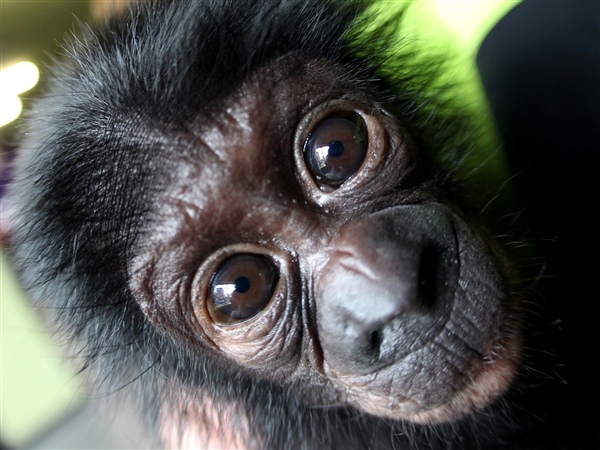
When was the last time you went to the gym? Yeah, I thought so. The truth is most of us are fat, slow, and getting weaker with each generation. Even if we were at our fittest, there are all sorts of animals that could overpower us. Case in point: chimpanzees.
Considering they’re our genetic cousins, they have the biggest potential for becoming our future overlords, and their extreme strength and physical prowess gives them a considerable advantage, as they are three to five times stronger than humans. The reason they are so strong is because they don’t have as much muscle control as humans and consequently use more of their muscles all the time. The downside is they have less refined motor skills.
As a Smithsonianmag blogger so astutely put it, “We might not be able to fight off a chimp, but we can make some pretty amazing needlepoints,”—not too helpful in a chimp apocalypse.
Even some of the most minuscule of animals, such as the ant, are comparatively stronger than humans. Ants can carry loads fifty times their own weight and, in one year, move around fifty tons of soil per square mile. That’s a lot of dirt! If they put their minds to it, they could unite and destroy the foundations of all our buildings just by shifting the soil.

With their strength, claws, teeth, and general destructive power, animals could easily take out our technological infrastructure. Once they successfully cut us off from our technology, they could weed many of us out by letting us die in natural disasters. While we’re dependent on meteorological and seismic data to predict earth’s changes, many animals have an extra sense that enables them to detect when bad weather—or disasters such as earthquakes—are approaching. So, if we’re devoid of technology, the next time a tsunami or hurricane approaches, the animals can simply run for the hills and leave the humans to get washed out to sea.
Take the Indian Ocean tsunami of 2005, for example. That was one rare instance where humans had no idea that disaster was about to strike. What happened? 150,000 people died. Conversely, relatively few animals were reported dead, and those that did die were primarily domestic animals who couldn’t escape their homes or pens. Apparently, animals of every kind fled to higher ground before the tragedy and, according to Alan Rabinowitz, director for science and exploration at the Bronx-Zoo, they did it by sensing subtle changes in the environment, as they can detect changes in electromagnetic fields and air pressure. But, the real bummer is that humans—more than likely—had the same capabilities in the past but lost them from disuse. Lazy humans.
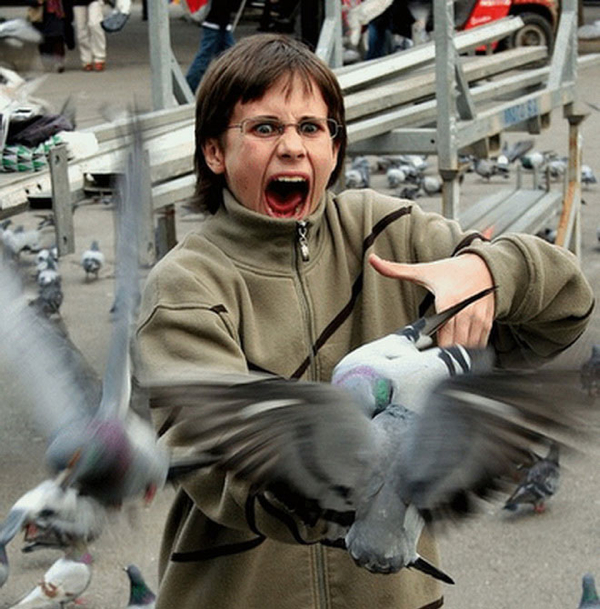
While our ancestors could find their way by following the stars, and our parents and grandparents got from place to place by using maps, today many of us would be totally screwed if our car’s turn-by-turn navigation system went kaput. We’ve simply forgotten how to find our way.
All animals need to do is lure us into the woods (perhaps with the promise of free donuts—everyone loves free donuts) and get us hopelessly turned around. We’d never find our way out and, because we’ve lost all our survival instincts, we’d surely perish in a couple of weeks.
On the other hand, some animals have a remarkable way of finding their way back home no matter where you leave them. Just look at the homing pigeon. Pigeons, often dubbed rats with wings, are arguably the most scorned bird on the planet but even they can find their way home from distances of more than 1,100 miles (1,770 km). How do they do it? Apparently nobody knows for sure. Scientists used to think it was from iron in the bird’s beaks that responded with the Earth’s magnetic field, but recent studies have disproven that notion.
And birds aren’t the only ones with baffling internal homing beacons. All types of animals migrate on a yearly basis—gray whales travel over 10,000 miles (16,000 km)—and we’ve all heard stories of dogs and cats who went missing for months or years and later showed up on their owner’s front steps, tails wagging.

Humans have come up with all kinds of contraptions to make it possible for us to scale walls and traverse water, but some animals already have those skills mastered. Take the gecko, for instance. These lizards can walk up a vertical piece of glass without missing a step.
How do they do it? Unlike animals that use sticky residue or surface tension to seemingly defy gravity, geckos have pads on their toes made up of thousands of setae—hair-like things—that are so small they create a molecular bond between the gecko’s feet and the surface on which it’s walking. The really cool part is they can turn the adhesion on and off as needed and seem to only use it when at certain angles.
In the battle for animal domination, the gecko and other animals like it, such as the basilisk lizard which can walk on water, would make great counter-intelligence agents for the animal side, as they could spy on our efforts and then make speedy getaways up buildings and across nearby bodies of water.

If animals really want to catch us at our weakest, they need only attack us at night. While we’d be running around stubbing our toes and tripping over carpets, they could navigate the darkness with razor-sharp precision and unleash their fury at their convenience.
Just consider snakes. Many of them, such as pit vipers and some boa constrictors, have the equivalent of our infrared goggles built right into their bodies. These organs, which are on both sides of their heads, detect heat and produce a heat map image which the reptiles use to zone in on their prey.
And while the snakes are giving us their worst, the felines could easily join in on the wrath by relying on the special light sensitive cells in the back of their retinas to show them the way. This shiny layer of cells, the tapetum lucidum, reflects light back into the retina, effectively giving cats a second chance to absorb every photon. The reflective nature of these cells is also the reason why cat eyes seem to glow at night, and a pack of glowing cat eyes is enough to freak out any human. It’s true, they can’t see in total darkness, but because their eyes are so efficient, they need only a small sliver of moonlight or even the tiny standby light on your TV to unleash an assault.
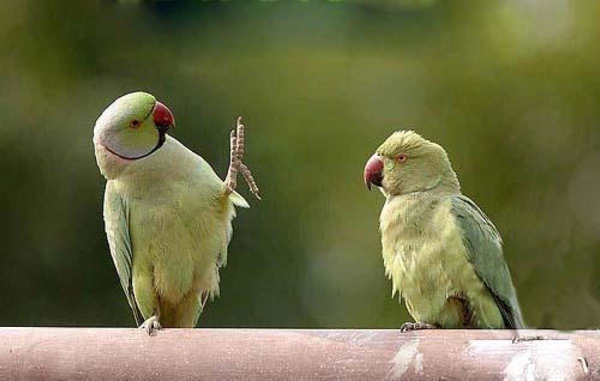
It seems animals, such as parrots, understand our language better than we originally thought and, judging by our increasingly floundering education system, they might be able to outwit us fairly soon.
Researchers say parrots are already stringing together multiple words to not just mimic human speech but to use it to communicate. One hungry parrot advanced from saying “want nut” to “want a nut,” and then specified what type of nut he wanted by saying, “want a cork nut.” That’s pretty impressive considering some human teenagers simply emerge from their rooms and grunt when they have the case of the munchies.
Also parrots and other talking birds are quite adept at teaching each other what they know. For instance, across parts of Australia people can hear strange voices coming from the treetops and, while they’re hearing English, the words are coming from birds not people. It seems escaped birds (mostly parrots and cockatoos), have started teaching wild birds the language they picked up while living with humans. And apparently bird owners get a kick out of turning their pets into potty mouths, as witnesses say they’ve heard more than a few expletives being repeated in the forests.
Of course most of the birds are just mimicking, but they’ve definitely shown a capacity to learn language. Who’s to say they won’t secretly become masters of our language and then spy on us (possibly team up with the geckos) to thwart our plans against the animal invasion?
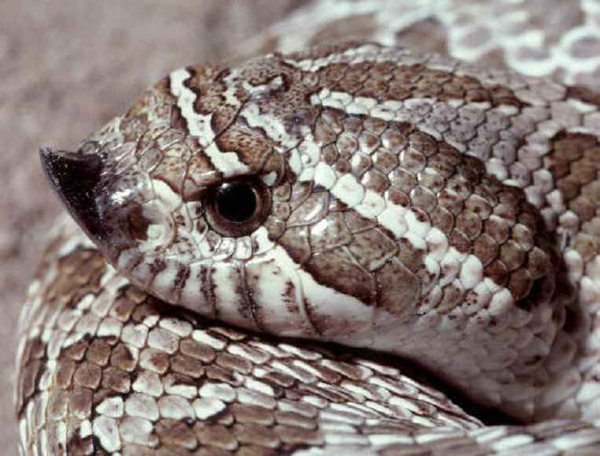
Some animals don’t even need to be that intimidating to hasten our demise. They just need to use the favorite punch line of every kid who grew up in the 90s—psych! That’s right, animals like the opossum, hog nose snake, wasp, cricket, and cichlid fish can lie down and fake their own deaths, only to get up and strike when the time is right (although, admittedly, crickets and cichlids don’t seem very threatening).
Some are really convincing too, and can dupe you even when you know fakers exist. In fact, the hognose snake can lie limply on its back and cause a foul-smelling, death-like fluid to ooze from its body. Needless to say, nobody’s going to think that stinky thing’s alive, which gives the snake the perfect opportunity to flip over and bite you.
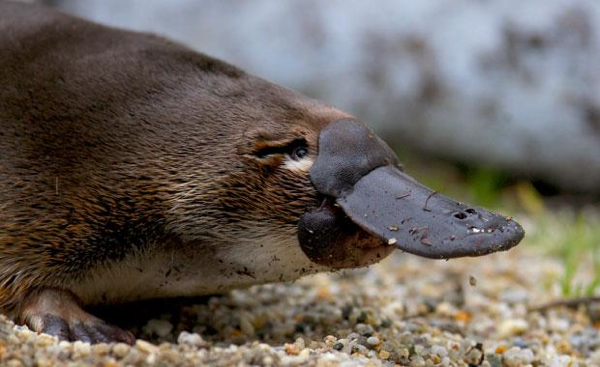
Imagine if there were venomous humans able to inject others with toxic substance with just a bite or scratch. It would be legendary—the stuff of comic books. But, in the animal world it’s a commonplace superpower had by spiders, snakes, lizards, frogs, fish, birds, and even a handful of mammals.
One such mammal is the slow loris, a primate with brachial glands on the inside of its elbows that secretes a brown fluid (disgusting, right?) When the loris licks up the nastiness he basically creates toxic saliva that he can then inflict on enemies through a bite. Oddly enough, the toxin is very similar to the allergen found in domestic cats; however, instead of making you sneeze it can cause anaphylaxis.
Sure, we all know to stay away from the creepy crawlies, but the slow loris, duck-billed platypus, and hooded pitohui (bird) could all lure us in with their cuteness and then destroy us with their venom.
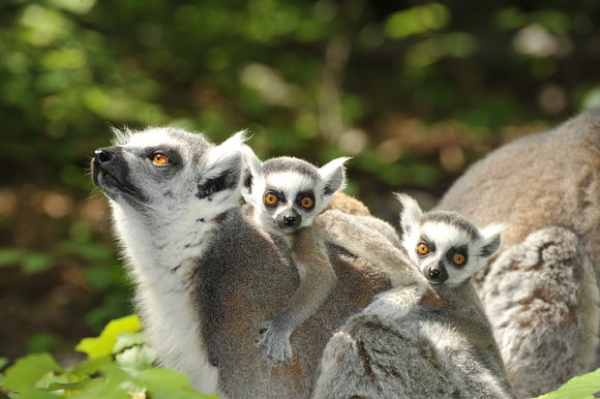
If they can’t destroy us right off the bat, the animals could go into hibernation or dormancy and lull us into a state of complacency until they’re ready for their final assault. Certain rodents, birds, snakes, bears, turtles, and reptiles go into hibernation for months at a time. There’s even a primate called the fat-tailed dwarf lemur that hibernates. Turns out, these lemurs gorge themselves with food for a few months, which they convert to fat and store in their tails (of all places). Then they chill in a tree for seven months and subsist on whatever’s packed away in their jumbo tails.
Still, one of the most extreme hibernators is a type of cicada that only emerges every seventeen years. The rest of the time it stays underground going through a ridiculously long life cycle waiting to come out in a swarm of Biblical proportions. While they can’t directly harm humans, they can wreak havoc on food crops and vegetation.
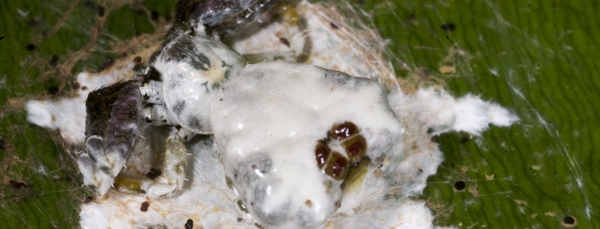
Even in our best ghillie suits, to animals, most humans still look like big, bumbling primates pounding through the woods. In other words, they can usually see us coming a mile away. In contrast, many animals are masters of disguise, which they can use to either hide or hunt without detection.
Setting aside the myriad of ocean animals that blend in perfectly with their surroundings, there are plenty of land animals like owls, moths, snakes, lions, insects and more that can make themselves invisible. Perhaps the most impressive display of camouflage is the leaf insect, which looks so astoundingly like a leaf it could easily fool anyone. They even have brown spots and areas that look like bites or wilts to make them appear more authentic, and when it walks, it moves side to side like a leaf rustling in the wind.
But by far, the most repulsive form of camouflage is that of the bird dropping spider, which disguises itself by looking like, yep you guessed it . . . poop. In particular: bird poop. Creatures that like eating feces are few and far between, so this spider stays relatively safe by hanging out in the trees all day waiting for unsuspecting moths to pass by (they release a pheromone that mimics the scent of female moths).
It’s obvious how concealed animals like lions and snakes could pose a threat to humans, but a swarm of otherwise harmless leaf insects could participate in our destruction as well. Could you imagine a tree full of leaves suddenly coming alive? Such an event would startle any human and give other, more dangerous animals time to launch a spring attack.








